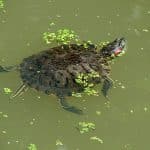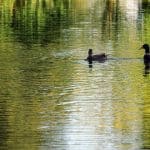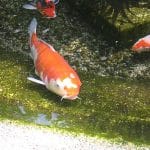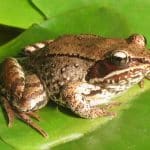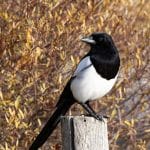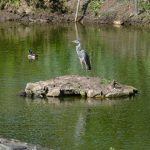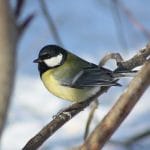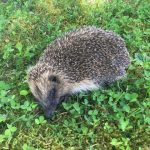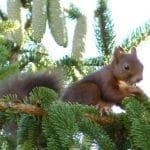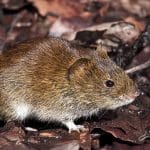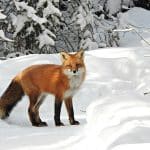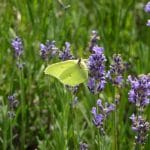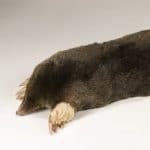Respect for nature and maintenance
Since 2015, the park has adopted an environmentally friendly approach with a natural maintenance that rediscovers the methods of the 19th century for the good health of the soil, the happiness of plants and animals.
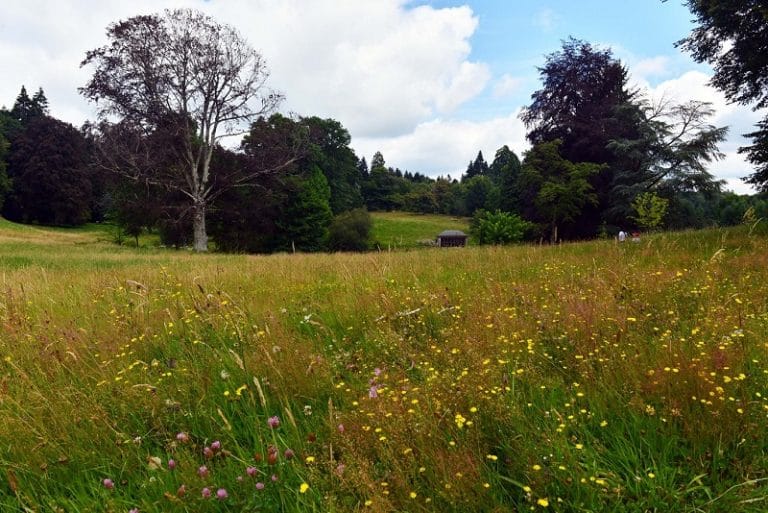
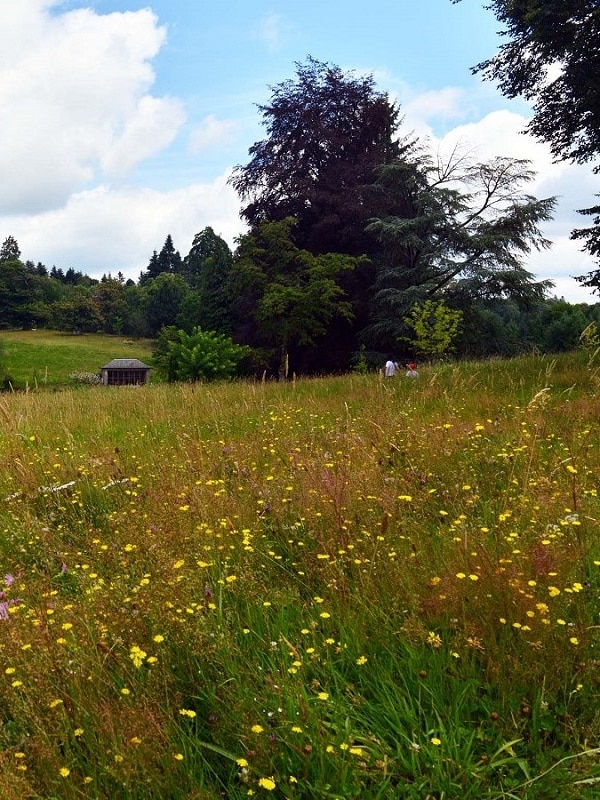
Meadows
To allow insects to forage until the end of June, the grass is mowed after the flowering of the field flowers and remains on the spot. If the regrowth is too vigorous, a second mowing is done in some places at the end of summer.
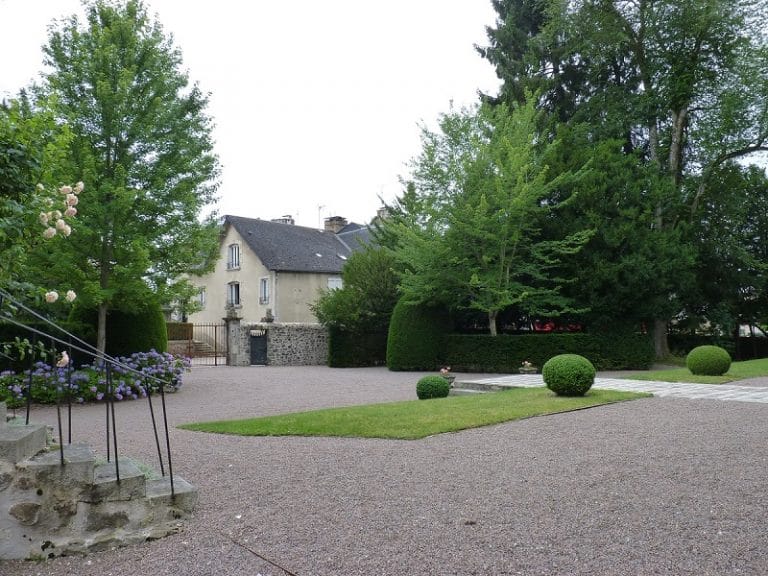
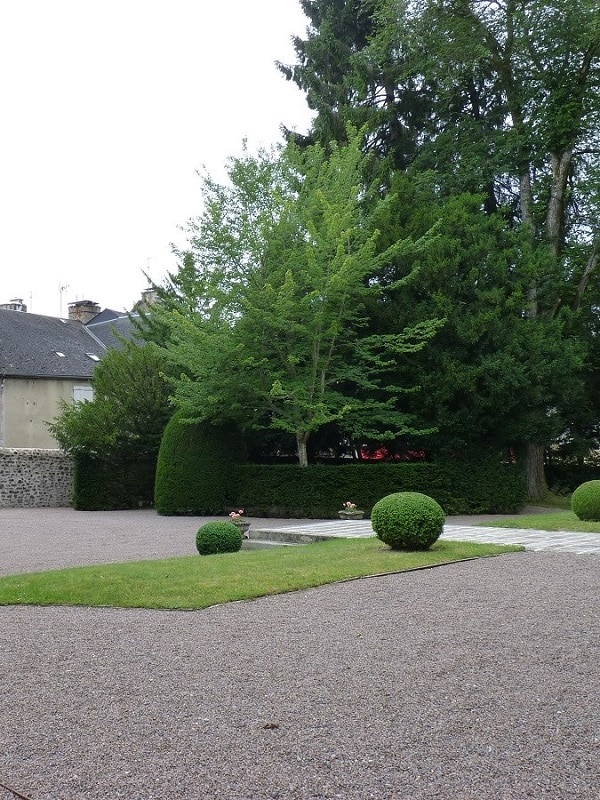
Paths in the park and near the house
At the beginning of the restoration of the park, the decision was made to keep the pathways in the ground under the trees or in grass, mowed during the tourist season. No more herbicides! Around the house a thick layer of gravel prevents seeds from taking root. A spray of vinegar alcohol is enough to kill the most stubborn of them, as well as the occasional use of a sarclette. Dandelions in the alleys are killed with boiling water! In the lawns around the house, they are pulled up with a spade before withering. The best rule is vigilance and perseverance not let any area start to weed.
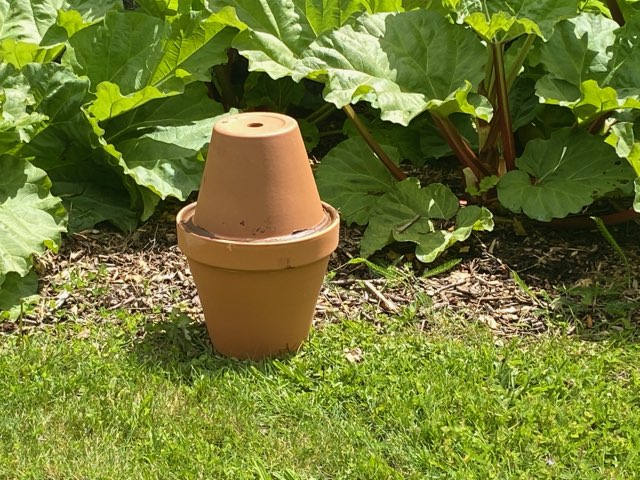
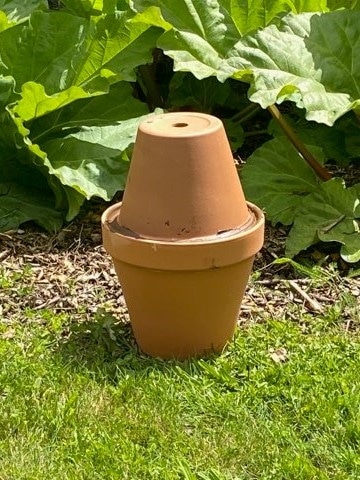
Shredded fertilizers and watering
The fertilizers used are dehydrated manure or compost made on the estate. The shredded material produced with the numerous prunings or shrub trimmings protects the beds and the base of the trees or shrubs against the invasion of weeds, reduces watering in dry periods and by its decomposition, feeds the plants. This shredded material is renewed regularly.
Reduced to a minimum for young plantations during the first two years, watering is done with a ton filled in the pond. For the vegetable garden and the small red fruits we inaugurate the “Oyas”, a method from Antiquity. Clay pots are buried and filled every 8 to 10 days depending on the weather. The water spreads by capillary action as close as possible to the roots. Saving time and water of about 40%.
Plant care
Only products authorized in organic agriculture are allowed.
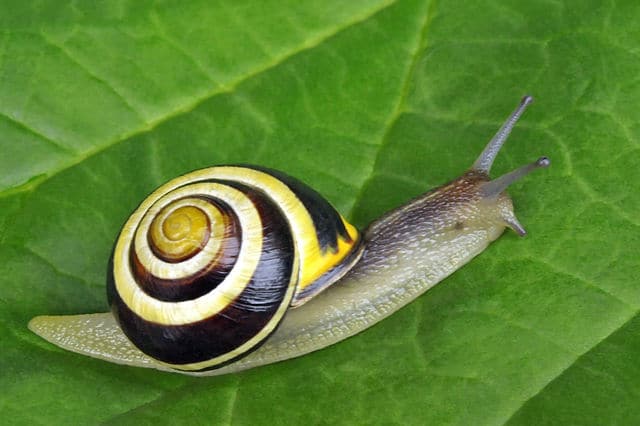
Pest control
The fight against snails and slugs is done with sawdust, the hedgehog is also a precious ally that we attract by creating a place for it to settle in the parish garden. Aphids are repelled by repellent plants such as marigolds. The advice ofthe CPIE, Noé and the gardeners of the park are precious in this matter.
Animals
Wild life flourishes here in all its forms.
The animals of the pond
In the pond, multicolored Koi carp and frogs croaking on sunny evenings. The heron is attracted by this fishing within range of beak.
If the weather is good, the Florida turtle basking in the sun will let itself be admired but it disappears at the slightest noise!
Wild ducks have adopted the pond, animating it with their joyful quacking and their rustling of wings under the shelter of the hunters.
The small wild animals
The hedgehog, the mole, the vole, the red squirrel, live in peace on the domain as long as the fox or the marten do not come to seek their fortune in times of famine.
The arboretum is a member of the LPO and the association Jardins de Noé.

